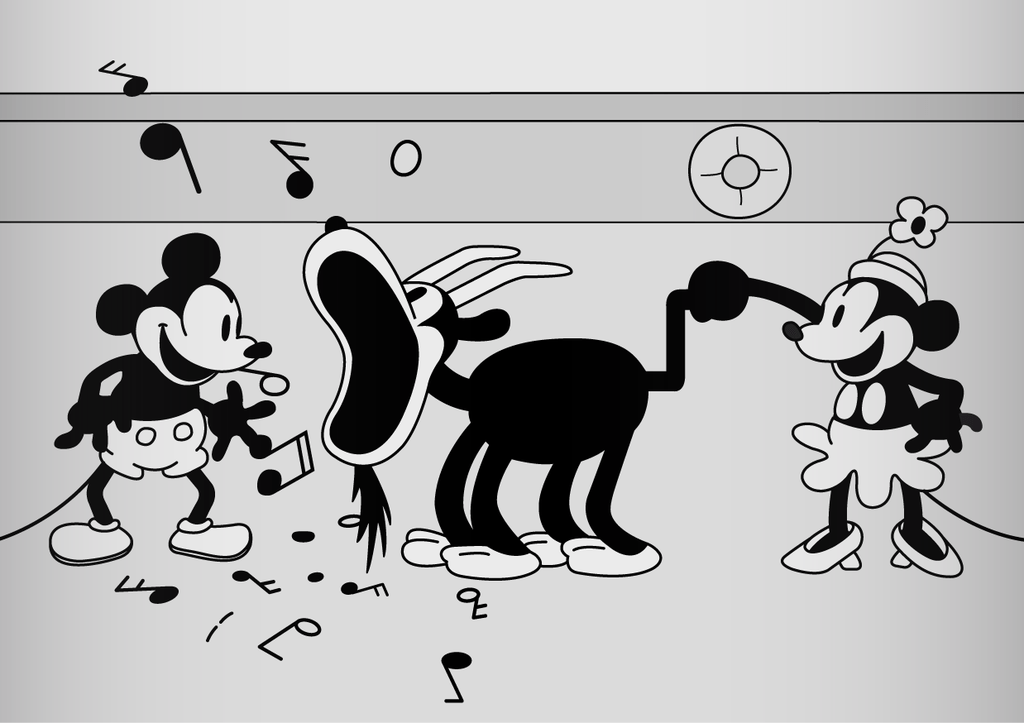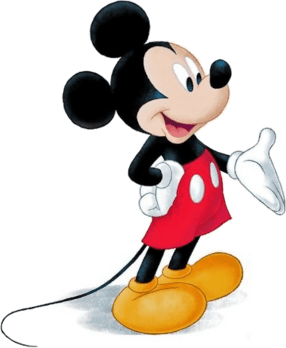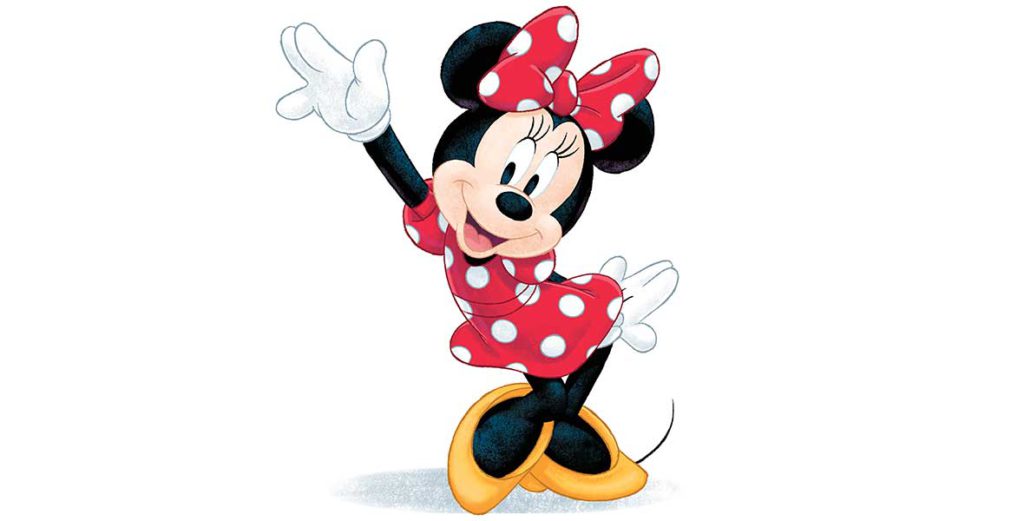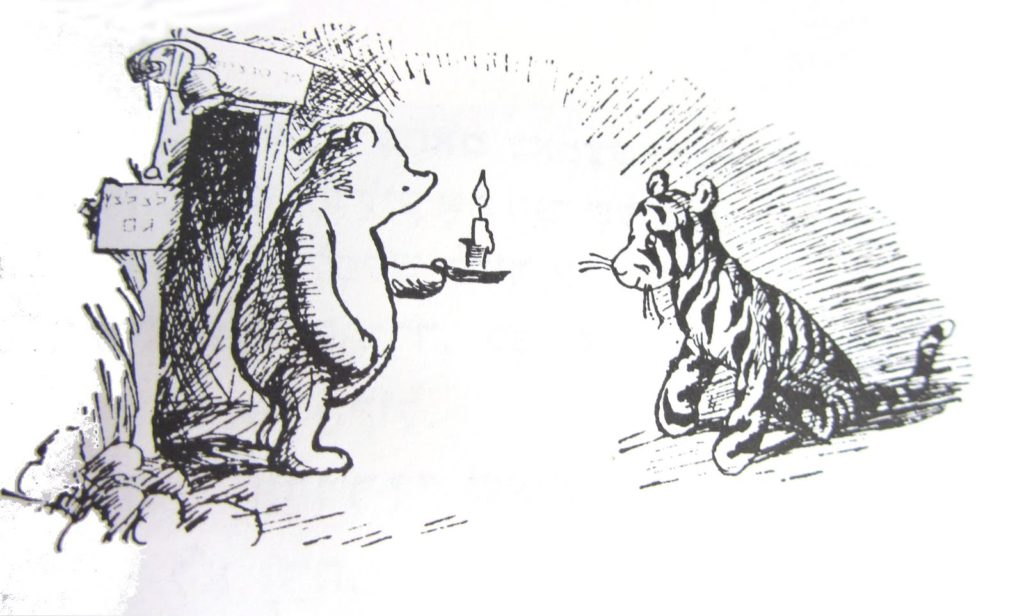As of January 1st 2024, Mickey and Minnie Mouse have entered the US public domain. Their images can now be used however you wish, without facing legal battles. Providing, you aren’t using the more recent adaptations.
A year after Winnie the Pooh hit the public domain, Mickey and Minnie are joining him. In our previous article, we spoke about the grey areas that lie within the public domain, and in this article we’ll explain how this relates to the latest entries.
Each year, thousands of copyrighted material hits the US public domain. As of the 1st January 2024, work from 1928 has been added. This includes sound recordings, written work and images. This year, a lot of well-known content has been introduced.
With the public domain content, anyone can share, use, add to and alter it to work in their favour. This means, if you want to start selling content with Mickey Mouse’s face on, you can. However, as always, there is a catch.
Steamboat Willie
Steamboat Willie has entered the US public domain. So, this includes both Mickey and Minnie, within the original video content. It doesn’t however, include Disney’s later adaptations. The mouse with the red shorts can’t be used, because he is still protected.
With Winnie the Pooh, you’re able to use the original sketches, but you can’t use the cute bright yellow bear with the little red crop top. This belongs to Disney and is still copyrighted. Mickey and Minnie are no different. Minnie with a red spotted dress and bow? Not for use.
In all fairness, Mickey hasn’t changed a drastic amount since the Steamboat Willie days. However, Minnie has undergone quite the glow-up. She has had an outfit and headwear change, and also her facial features have been adapted.
If you’re looking for a vintage vibe, you might be happy that you can now use the original character designs. However, for those who have fallen in love with the current Disney couple, you’ll be sadly disappointed. Using these images could get you in trouble.
The wonderful thing about Tigger
Mickey and Minnie aren’t the only two that are now up for grabs. In fact, Tigger is now yours to use too. But, again, just like with the others, it’s the original style sketch, and Tigger has arguably changed the most throughout the years.
The version you can use is from the book The House at Pooh Corner by A. A. Milne, illustrated by E. H. Shepard. He’s not orange, and he looks more like your typical tiger than the Disney version portrays. While the artwork is incredible, the design is different from current day.
It isn’t what you think of when you hear Tigger. He looks very different from the loveable, bouncy children’s character. The animated version is protected by copyright, though, so you’ll find yourself in trouble for using it.
If you want to find out more about content that has now entered the US public domain, we’d recommend having a look at this article because it’s extremely insightful. The likes of Peter Pan and other household names can be used.
However, if you are going to use any US public domain content for your own gain, we’d recommend researching which forms you can access. As, with anything, you’ll find yourself in a tough situation if you use copyright protected content.










